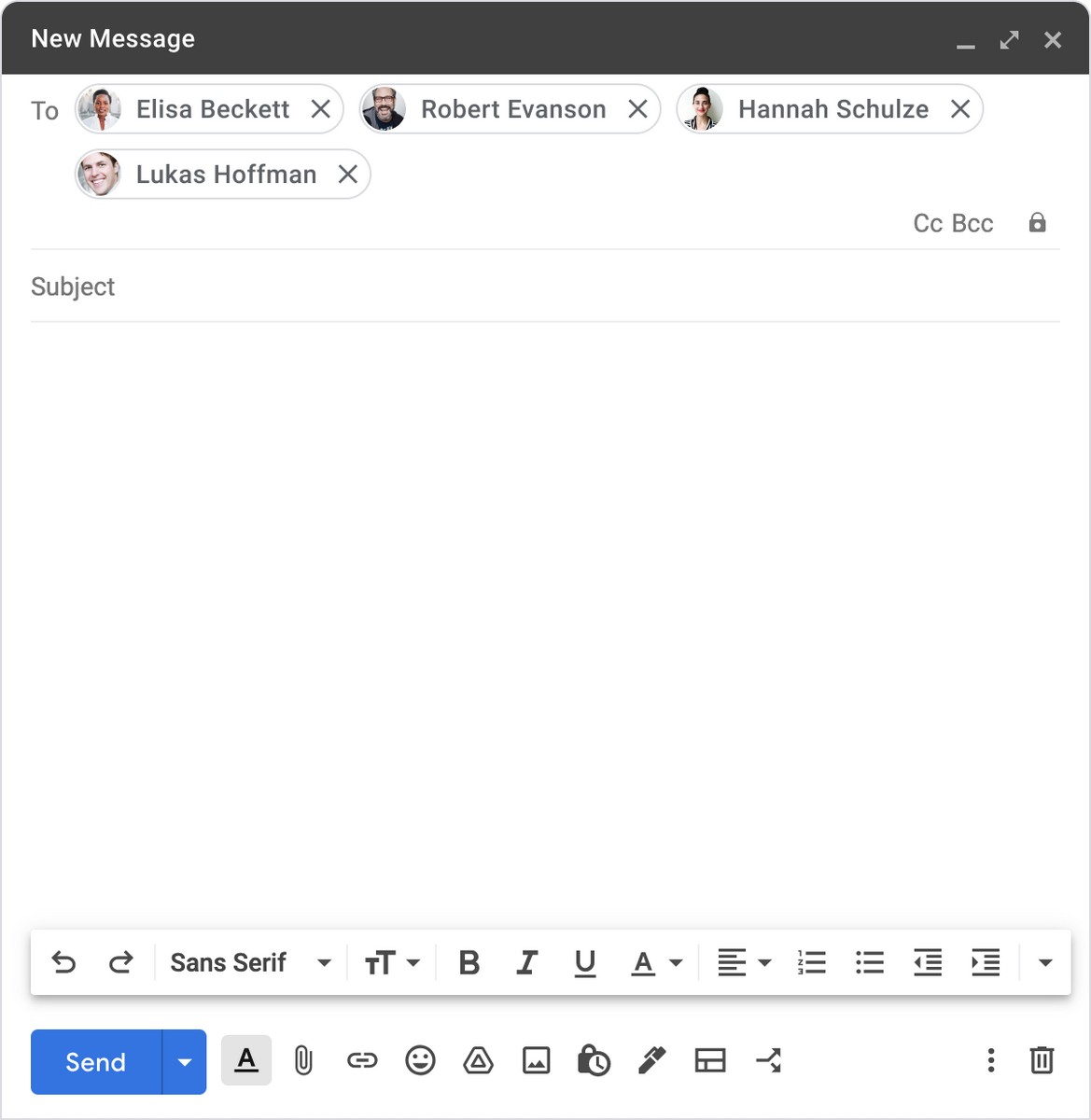 Composing an email in Gmail is really easy. Just tap the + button, type in the person’s email, subject, content, and send it off. Easy, right? However, if it’s a particularly important email, then you might need to double check things like the email address because sometimes you don’t want to accidentally send the wrong person the wrong email, especially if it’s sensitive.
Composing an email in Gmail is really easy. Just tap the + button, type in the person’s email, subject, content, and send it off. Easy, right? However, if it’s a particularly important email, then you might need to double check things like the email address because sometimes you don’t want to accidentally send the wrong person the wrong email, especially if it’s sensitive.
Google has announced that they will now be making some changes to its Compose window where it will make it easier for users to track who they are sending emails to, and also giving them a bit more control over their emails.
For example, one of the changes that Google is making comes in the form of visual indicators. As you can see in the screenshot above, now whenever you put a person’s email address in the Compose window, it will display an avatar of the person so you can make sure that it is indeed that person you’re sending the email to, especially if you have contacts who share similar names.
Google is also giving users more options to control the contact name that appears in the email. So for example if you saved a staff or colleague’s name by their role in the company, but you want to come across looking more professional, you can actually set a different name so that when the other person receives it, they’ll see a name different from the one you saved.
Google notes that this doesn’t actually change the name of your contact, but rather what the other person sees when they receive the email.
 Other changes also include highlighting external recipients, so if you’re sending out an email to multiple people and some of them aren’t in your company, those email addresses will be highlighted in the Compose window to make them easier to see.
Other changes also include highlighting external recipients, so if you’re sending out an email to multiple people and some of them aren’t in your company, those email addresses will be highlighted in the Compose window to make them easier to see.
According to Google, these changes are expected to begin rolling out to Google Workspace users, G Suite Basic and Business users early November.
Filed in . Read more about GMail and Google. Source: workspaceupdates.googleblog